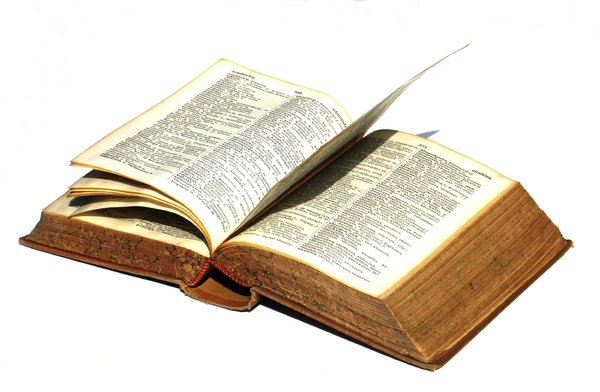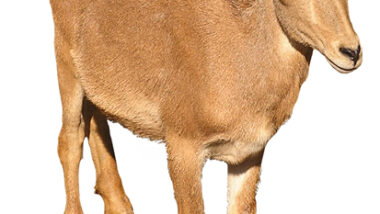Deer antlers are quite complex, which is why hunters developed specific terms to refer to the different parts of an antler. While you might know some of the terms like points or tines, chances are you haven’t heard of all of them. By familiarizing yourself with the terminology of deer antlers, you’ll be able to score and discuss your antlers with more accuracy and confidence.

Commonly Used Antler Terms
Tine: Also known as a “point“, this is a growing branch of a deer antler that measures at least one inch in length.
Pedicle: This is where the base of the antler connects to the skull plate.
Burr: Elevated, bony rim directly on top of the pedicle.
Brow Tine: Where the antler first branches off into a separate point.
Bez or Bay Tine (Advancer): Above the brow tine, this is the second branch of a deer antler.
Tres or Tray Tine (Royal Antler): The third tine from the base of an antler, located directly above the Advancer.
Surroyal Tine: The fourth branch of a separate tine on a deer antler.
Beam: The central or main stem of the antler.
Fork: The end of a deer antler that “forks” out into two separate tines.
Palm: Typically associated with moose (Alces Alces) antlers, the palm is the end of a deer antler which resembles the palm of a human hand.
Crown Antler: The top tine of a deer antler.
Other Terms Associated With Antlers…
Rack: A complete set of antlers (both sides). When officially scoring a rack, you categorize the antlers as either typical or non-typical.
Typical Antlers: Term used to describe a set of antlers in which all the tines extend upwards and have no other points or tines growing from them.
Non-Typical Antlers: Antlers with at least one tine originating from an existing tine instead of the main beam (also known as an abnormal tine).
Drop Tine: An abnormal tine growing downwards from the main beam of an antler.
Kicker Point: Abnormal tine originating from the burr of an antler.
Velvet: The soft, furry, velvet-like covering of highly vascular skin surrounding a deer’s antlers during the regrowth process.
